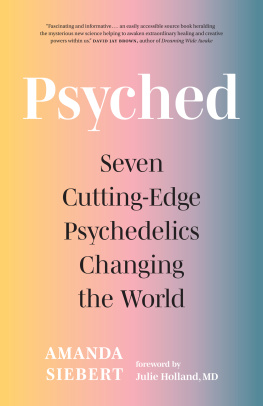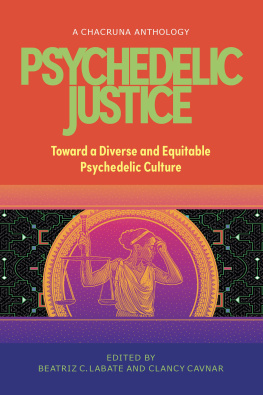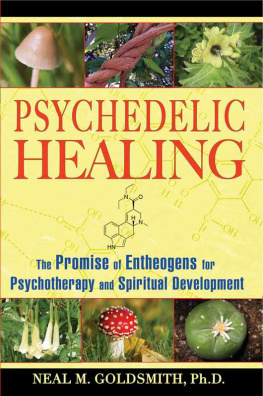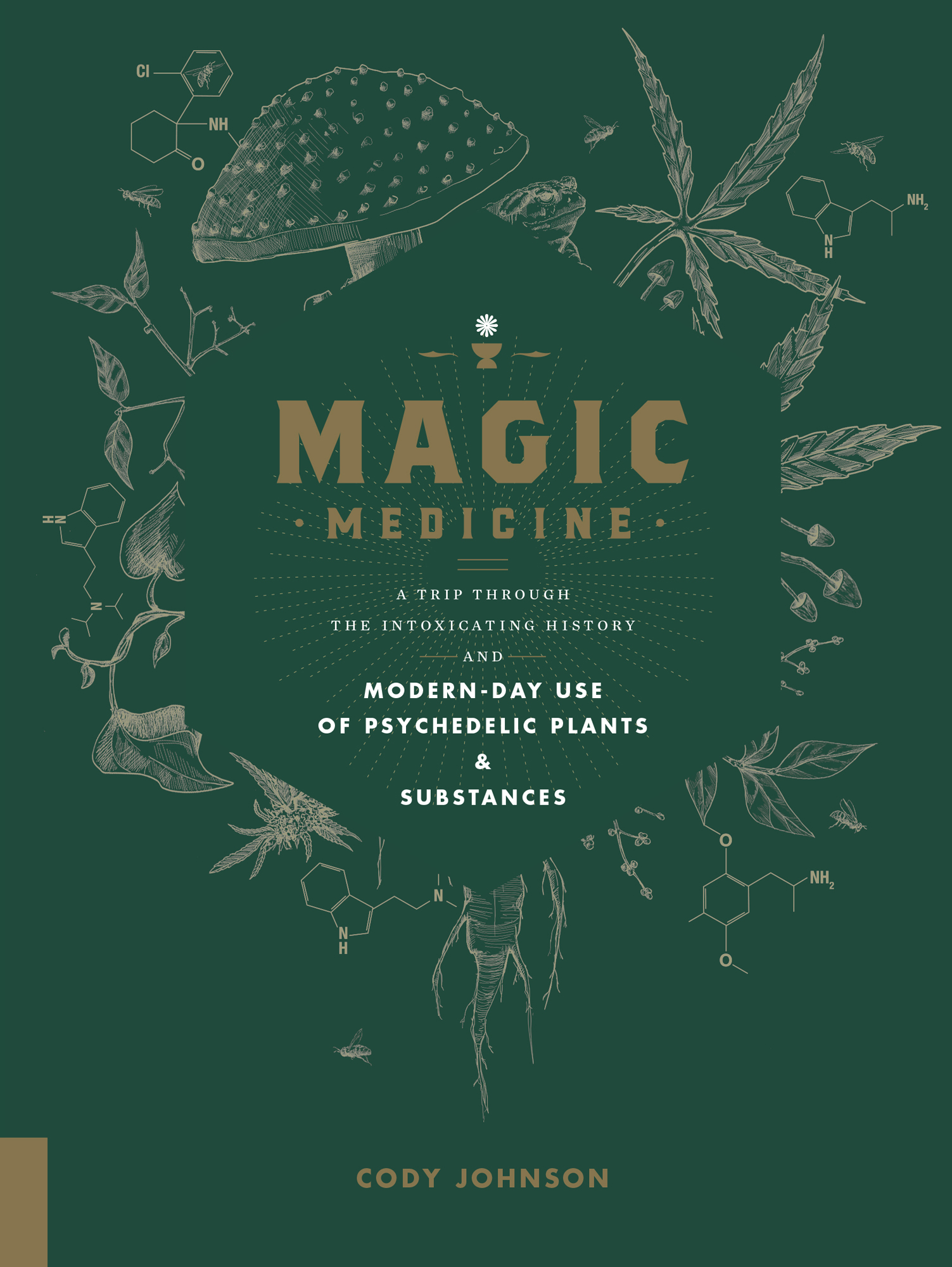Sound absurd? If advocates of psychedelic-assisted therapy get their way, this scene might not be that far-fetched. Rick Doblin, founder and executive director of MAPSthe Multidisciplinary Association for Psychedelic Studies, a nonprofit dedicated to researching psychedelicsestimates that MDMA therapy will be approved by the U.S. Food and Drug Administration (FDA) by 2021. After decades on the front lines of advocacy and research, MAPS is on the cusp of pushing the very first psychedelic into the realm of accepted medicine.
And, if the swarm of recent publications on the benefits of psilocybin, LSD, and ayahuasca are any indication, MDMA is merely the first domino to fall. With the scientific evidence mounting in favor of therapeutic use for these once-feared substances, a world in which special clinics offer compassionate guidance for mental, emotional, and even spiritual development with psychedelics is beginning to seem less like a dream and more like an inevitability.
[ ARE YOU EXPERIENCED? ]
It all starts, of course, with the psychedelic experience. To anyone familiar with them, psychedelics need no description. Indeed, words could never capture the bizarre, dimension-bending, and profoundly emotional worlds they unlock. The very prospect is laughable. How could you wrangle something as elusive as consciousness into a net as crude as human language?
To adapt a famous quip credited to Martin Mull, writing about psychedelics is like dancing about architecture. But this particular dance remains compellingin spite of the apparent futility, trippers round the world keep sharing stories of their psychedelic experiences on the Internet, while hungry readers, some equally adventurous, others only vicariously so, follow along, spellbound, from faraway reaches of the globe.
Having found the standard lexicon wanting, psychedelic enthusiasts have developed their own lingo for these hard-to-pin-down effects. Everyone knows trippy, a generic term that applies to anything that resembles the perception-bending effects of psychedelics, whether an echoing guitar riff or a fractal-based poster. Online trip reportsfirst-person accounts of psychedelic experiences, including details on dosage, intensity, and durationoften feature descriptions of a molecules headspace and body load. Headspace refers to the sum of mental effects: the overall mood and state of cognition a psychedelic produces. Body load, however, is used to describe unpleasant physical sensations, such as heaviness and constriction. Theres even a word for these psychedelic explorerspsychonauts, derived from the Greek roots for soul and voyager.
We are fascinated, even the sworn-sober teetotalers among us, by altered states of consciousness and the plants and chemicals that unlock them. That so little materiala handful of leaves, a pinch of white powdercould induce in us such fundamental and overwhelming changes is awesome and more than a little humbling.
Psychedelics dissolve boundariesboth within human beings and between them. Bridging seemingly irreconcilable gaps, the story of psychedelics brings together science and religion, art and philosophy, botany and pharmaceutical engineering, and modern medicine and ancient shamanism. Because the psychedelic experience is, at root, a deeply human experience, there is little it does not touch.
[ THE REAL RISKS ]
Wherever they grow, throughout history and in most traditional cultures, psychedelic plants and fungi have been revered as sacraments and powerful medicines. Yet, the attitude of modern Western culture toward these astounding organisms is dismissive, prohibitive, and even fearfulwe must destroy what we do not understand. This approach stands in stark contrast to the many indigenous peoples who have learned to integrate psychedelics into their life journeys, passing the sacred knowledge of their proper usage from generation to generation. It also contrasts with the evidence that suggests the classical psychedelics are among the least harmful of all abused substances. No overdose deaths from LSD, psilocybin, or peyote have ever been recorded. A number of deaths and injuries have resulted from reckless behavior, including mixing psychedelics with other drugs, taking excessive doses without supervision, and tripping while driving or hiking, but these can be avoided with proper preparation and education. As clinical research attests, using psychedelics under controlled conditions is remarkably safe.
The dark irony of our cultures stance toward these dangerous chemicals is that by prohibiting them, we have only amplified their dangers. When people buy Ecstasy or Molly, they dont know what theyre getting or how much. Imagine ordering a martini at a bar and not knowing whether youll receive a martini or a triple shot of high-proof grain liquoror a concoction with no alcohol, but a potent blend of caffeine, ketamine, methamphetamine, and stimulants youve never heard of. Thats the situation with all illicit psychedelic substances. And users who find themselves in a medical crisis are often reluctant to seek help for fear of incriminating themselves. Far from reducing the harms associated with psychedelics, the prohibitive approach actually maximizes their risks. To truly address the risks of psychedelic use would require a swift about-face in public policy, focusing on regulation and education rather than punitive measures that brand psychedelic users as felons.
Among shamans, psychedelic substances are often called teacher plants, a reminder that the experience is not sought for its own sake but always to learn. For them, the psychedelic experience is the furthest thing from recreationala healing journey, a vision quest, and a rite of passage, yes, but no Saturday night bender. In our Western culture, where the War on Drugs rages on, the distinction is rarely made between visionary substances and addictive vices such as heroin and methamphetamine. It doesnt help that psychedelics carry all the baggage of the 1960s, and, for many, still symbolize the reckless hedonism of that era.
Yet, their unauthorized use remains widely popular. In thatched huts in the deepest reaches of the Amazon rainforest, at Burning Man in the middle of Nevadas scorching Black Rock Desert, at electronic music festivals and nightclubs, on therapists couches, and beneath the starsalmost anywhere there are people, there are people taking psychedelics.
[ A PSYCHEDELIC BY ANY OTHER NAME ]
What exactly is a psychedelic, anyway? The term psychedelic is a relatively new one, having emerged in the 1950s in correspondence between two intellectuals of the age. Fascinated by the relatively new compound LSD, as well as its age-old cactus-derived cousin mescaline, the writer Aldous Huxley and the psychiatrist and researcher Humphry Osmond sought to coin a term that would encapsulate the unique effects of these substances.









